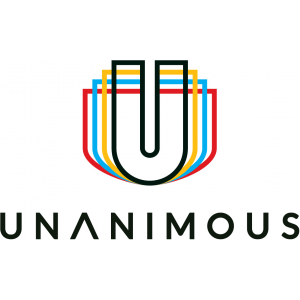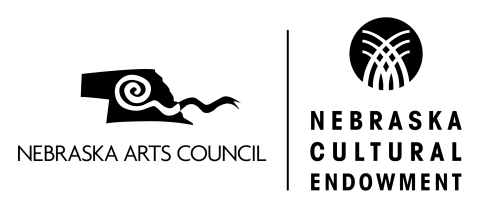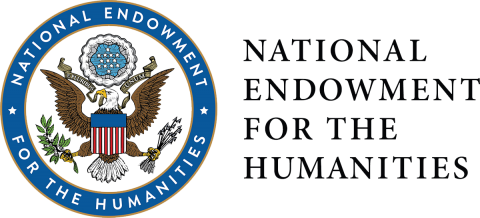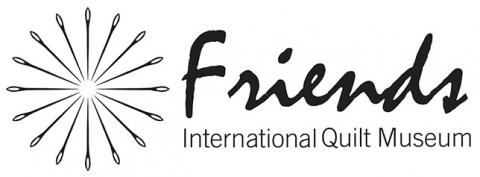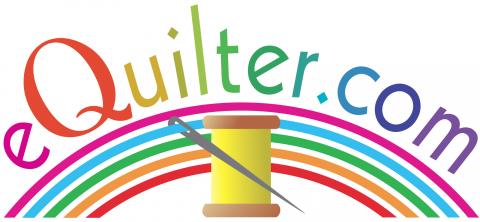Signature Album Quilt
Signature Album Quilt
Dated 1850-1851
Boston, Massachusetts
Ardis and Robert James Collection, 1997.007.0859
This signature quilt was featured in the exhibition "Quilts Under the Microscope" and highlights the damage that can be found on quilts signed with inks containing harmful substances.
The use of ink, instead of embroidery, to sign blocks for signature quilts became very popular from the 1830s to the 1890s. During this time both homemade and store bought inks were used. Unfortunately, many of the inks were highly acidic. Common 19th century ink recipes called for ferrous sulfate, nutgalls, sulfuric acid and a plant gum—all of which are acidic compounds. Cellulosic fibers such as cotton and linen are easily degraded by acids. Heavy use and oxygen in the air further accelerate ink degradation.
Nothing can be done to stop the ink from destroying the fabric. Consequently, the most important task is to accurately record the information that is legible before further deterioration results in the complete loss of an inscription. Taking clear photographs of each inscription for future reference and compiling written records of the inked signatures are two good methods for preserving the information.
This quilt contains 40 blocks, 37 of which show signatures in ink or the remains of them. Several blocks are dated, ranging between December 14, 1850 and January 1, 1851. The readable names that remain represent individuals that can be identified in the Boston 1850 Census. There appears to be no direct family connections between the names but many of the families represented had an affiliation with the Methodist Episcopal Church. It is possible that the quilt was made in conjunction with some event at the church as its dates are centered around the Christmas holiday.


